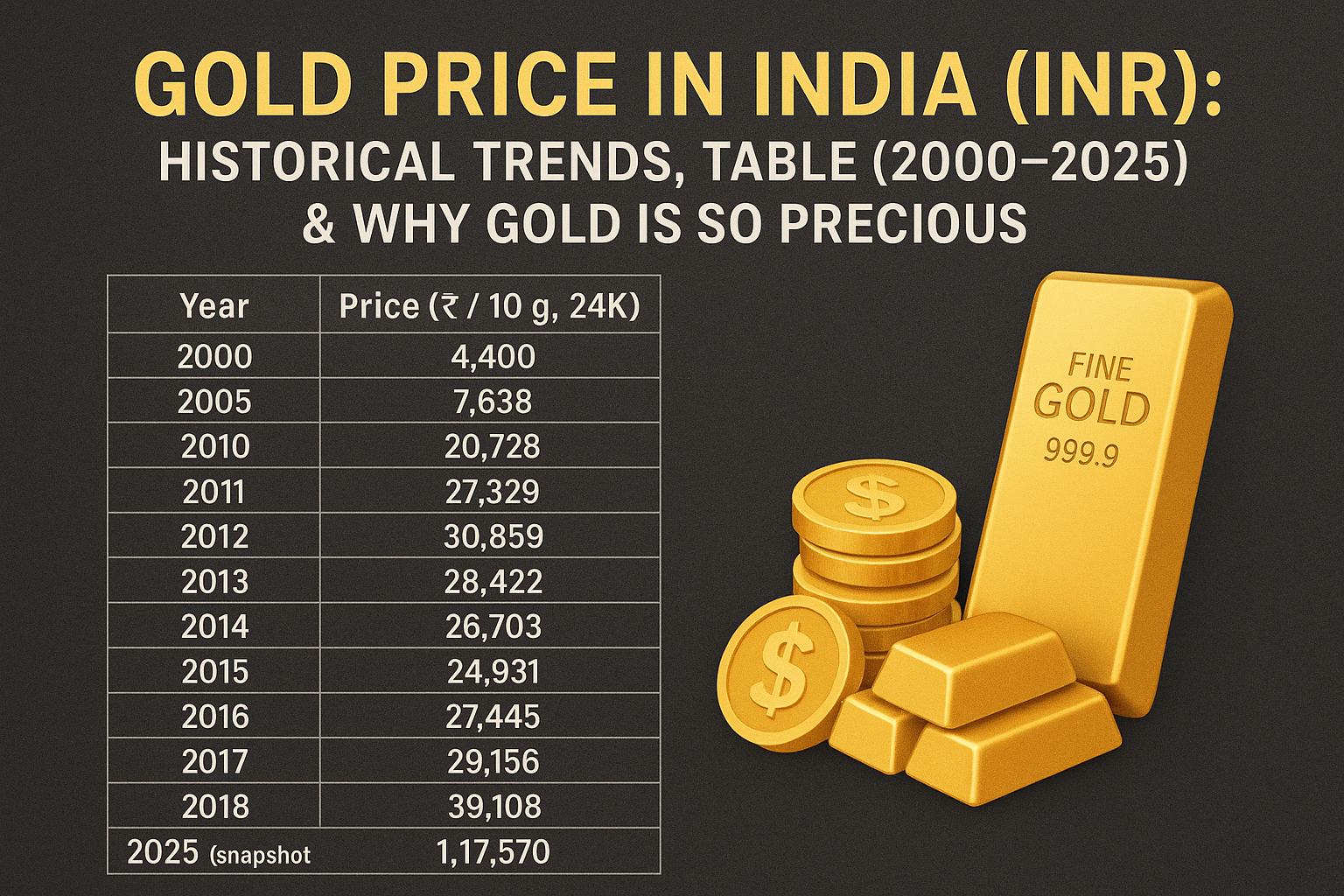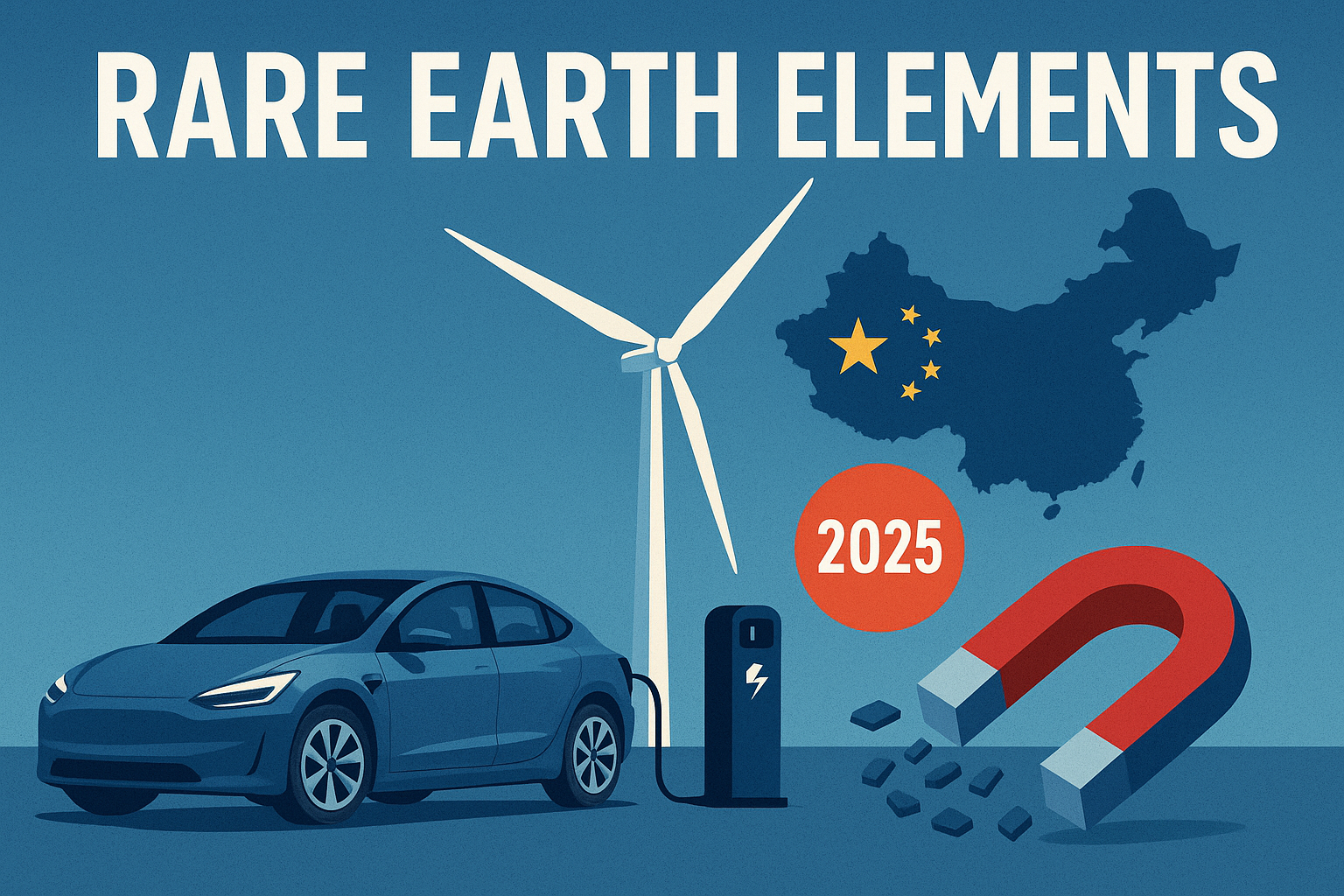-
India’s Gold Price Journey (2000–2025): What Makes Gold So Valuable?
Quick summary Below is a concise, sourced table of annual / representative gold prices in India quoted as 24-karat gold per 10 grams (INR) for selected years between 2000 and 2025. After the table I explain why gold is prized, what drives its price (global + domestic factors), and how investors in India typically treat…
Written by

-
Cryptocurrencies: The Digital Revolution in Money
Cryptocurrencies are one of the most disruptive innovations of the 21st century. They challenge the traditional financial system, offering a decentralized form of money that exists entirely online. While they bring opportunities for investment and global trade, they also spark regulatory concerns, volatility issues, and debates about their legitimacy. This blog explores cryptocurrencies in detail…
Written by

-
Rare Earth Elements in 2025: Resources Powering the Future of EVs, Wind, and Geopolitics
What are Rare Earth Elements (REEs)? Rare earth elements (REEs) are a group of 17 chemically similar elements: the 15 lanthanides, plus scandium and yttrium. Despite their name, REEs are not actually rare. Many are as abundant as copper in the Earth’s crust. What makes them “rare” is the challenge of finding concentrated, mineable deposits…
Written by

-
How AI can Help India overtake USA and China in the Tech Race
Introduction India stands at a historic crossroads. Just as the country transformed into the software service capital of the world in the 1990s and early 2000s—fueling Silicon Valley with its IT talent—today, it has the opportunity to ride the Artificial Intelligence (AI) revolution. With the world’s largest young workforce, a booming digital economy, and a…
Written by

-
Trump Calls India a ‘Dead Economy’—Here’s Why the Data Proves Him Wrong
Context: Trump’s “Dead Economy” Comment U.S. President Donald Trump labelled India and Russia a “dead economy” on July 31, 2025, alongside announcing new 25% tariffs on Indian imports—citing high tariffs and India’s ties with Russia in energy and defence. The Indian government—including Commerce Minister Piyush Goyal—and commentators swiftly rejected this, highlighting India’s status as “fastest‑growing” major economy…
Written by

